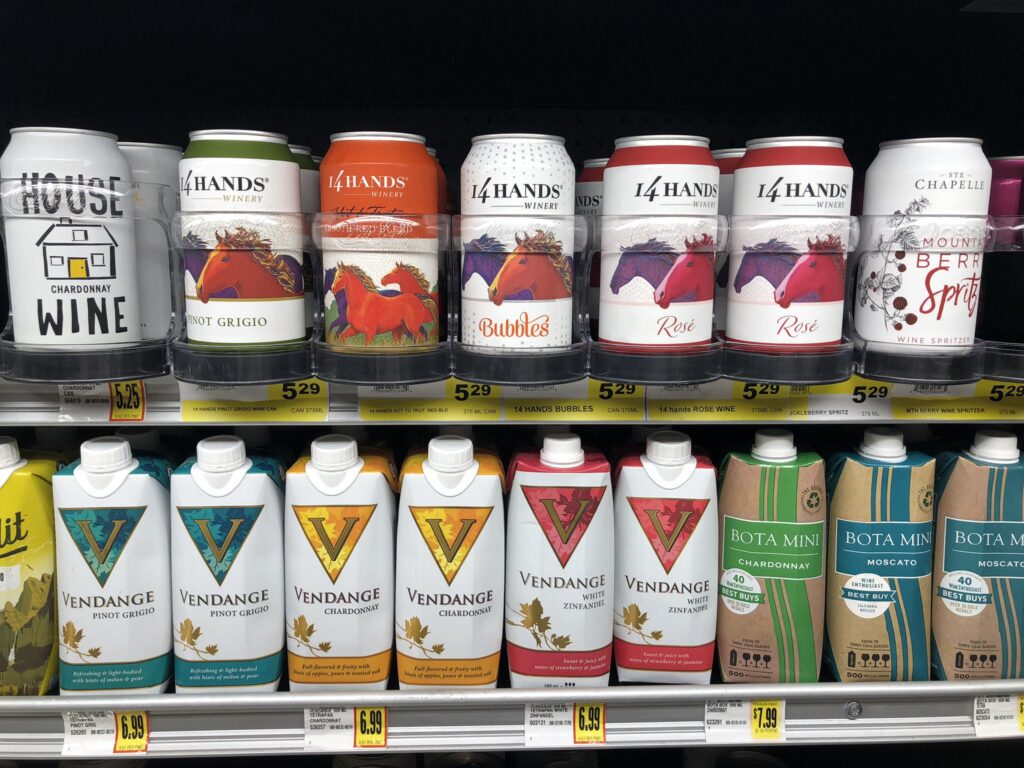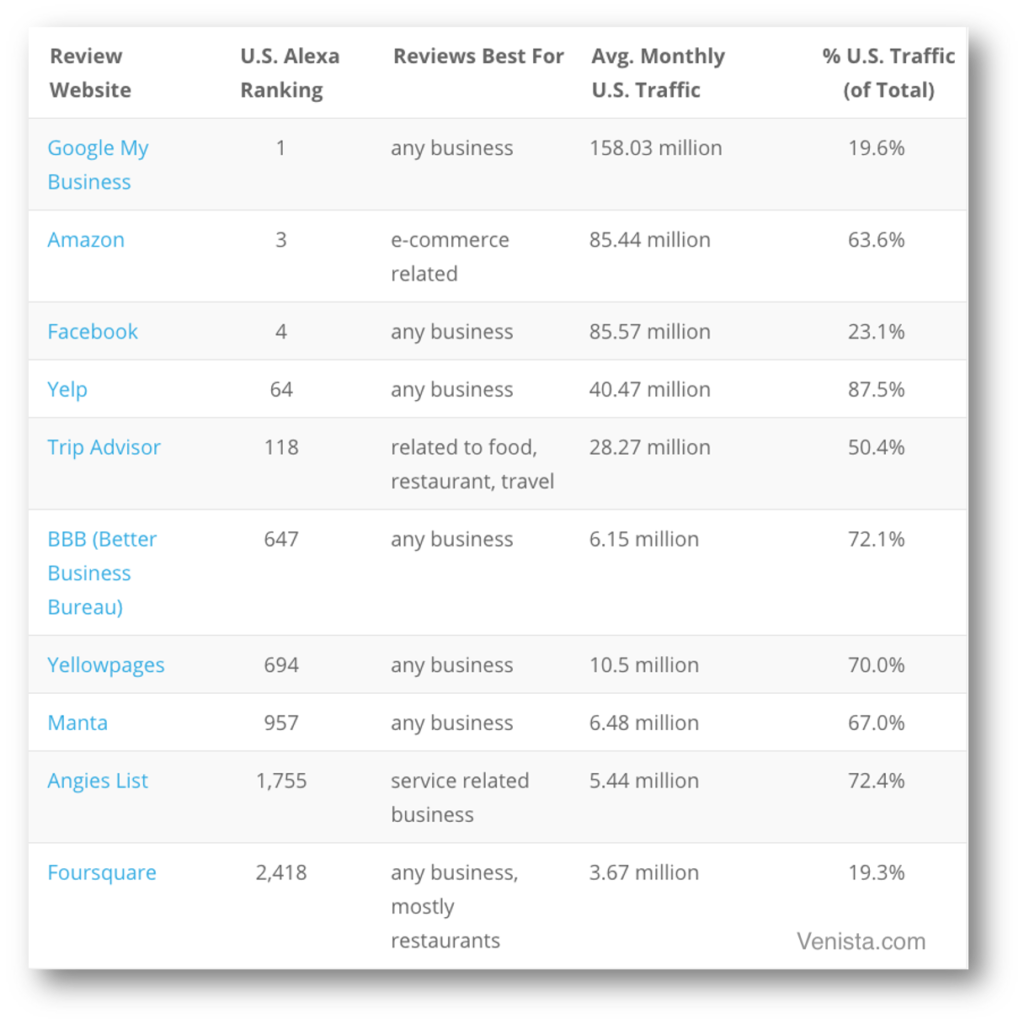By: Cheryl Gray

Wineries worldwide use technology to their advantage when it comes to saving one of their most important assets––time. The right software applications simplify collecting, sorting and maximizing data. The type of software to use often comes down to the winery’s size, its specific needs and finding the best return on investment.
VinNOW
Wineries with small budgets but big plans can turn to VinNow of Mesa, Arizona. The company was founded in 1999 by software engineer Ted Starr. VinNOW is designed to operate in either a single, stand-alone computer environment or a network of multi-POS operations and multiple locations.
“VinNOW runs securely on your computer, not in the cloud. This ensures that if you lose your internet, you still have access to all your data and can still make sales. Having the program and your data on your local network also allows for better data security and gives you the peace of mind that you can do your business no matter what,” said Starr.
“VinNOW is one program, using one database, that stays in your local system’s control. This is the advantage of having been created by winery owners: Knowing the winery environment and challenges.”
With 40 years of industry experience, Starr and his team have poured their expertise into developing a versatile software program to suit wineries of any size. Starr added that customer support comes from a team knowledgeable in both software engineering and what wineries need to maximize production.
“VinNOW is comprised of professionals with many years of experience in both computer technology and the wine industry. Our expert team is intimately familiar with a winery’s needs and has the technical knowledge to offer and support our specialized integrated system for winery management. VinNOW was created by winery owners who are also software developers and have decades of hands-on winery experience. VinNOW offers a personalized and specialized approach that is dedicated to, and in touch with, the business needs of a winery,” Starr told The Grapevine Magazine.
“VinNOW is dedicated to providing a quality, comprehensive software application specifically engineered to meet the needs of the wine industry. We provide personalized live customer service and support and pride ourselves in remaining a hands-on, efficient company. This means that when you contact us, you will be dealing with someone who understands your needs and can directly and personally handle any question.
“With VinNOW, you don’t just receive a software package. You enter a relationship with a software company that has been in the wine business for over 22 years and is directly interested in the health and prosperity of wineries. Should you need us, our support team is available seven days a week to assist you with VinNOW. Our VinNOW support team is always eager to answer your questions and assist you with what you want to accomplish.”
VinNOW, Starr said, is a fully integrated software system that is ideal for managing inventory, customer data, purchase records, tasting room and internet sales. The software program also manages email marketing and wine clubs with automatic credit card processing. For shipping needs, VinNOW generates UPS, FedEx and GLS shipping labels. VinNOW also allows wineries to track those shipments. It integrates with other software programs such as QuickBooks, Vertical Response, Constant Contact, VinoShipper and ShipCompliant. It also can export information to other email systems.
Another innovation from VinNow is VinTracker, a bulk wine tracking module. Starr says that VinTracker allows wineries to track products, everything from what wine is in which containers to what work has been performed on-site.
Starr said that VinNow allows its winery clients to provide customers with targeted messaging rather than generic correspondence, which is vital to keeping and expanding a winery’s client roster. COVID-19 made this function a critically important tool.
“One of the challenges wineries have in a COVID-19 environment is keeping in touch with their customers in order to maintain and keep interest in that business relationship. VinNOW excels at data reporting and allowing a winery to target market instead of having to send the same generic message to everyone,” said Starr. “With VinNOW, wineries can create lists for an almost unlimited set of data points. For instance, you have the ability to create a list of people who have purchased above a certain dollar level, a specific varietal, has purchased futures in the past or are just on an interest list or in a specific range of zip codes.
“You can then refine your search to target market customers such as those associated or never associated with a wine club, or even inactive wine club members. Any data element that VinNOW captures can be used to create a specific marketing list to meet your needs.”
Dimensional Insight
Helping wineries keep in touch with their customers is also a focus of Dimensional Insight, in business since 1989. Headquartered in Burlington, Massachusetts, Dimensional Insight is an analytics and data management firm specializing in integrating data from different sources and displaying the information wineries need in whatever way they need to see it. The company’s trademark Diver Gateway product allows access to data on any device. Its applications are specific to the wine industry for both wineries and distributors. Nancy Berkowitz serves as Industry Vice President.
“Users of our software have the flexibility to do self-service reporting and analytics while ‘diving to the lowest detail’ from dynamic dashboards and scorecards. As a result, they are able to get unprecedented insight into the state of their business, and can make better, more informed decisions that help drive increased sales, bottom lines and customer satisfaction,” said Berkowitz.
With COVID-19 mandates changing the wine industry, not to mention overall industry-driven shifts, wineries have to focus and pivot quickly. Berkowitz told The Grapevine Magazine that Dimensional Insight can help them do just that for data management and analysis.
“In this economic climate, where there are fundamental shifts in how people are buying products and what they’re buying, it’s most important for wineries to look at not only the bottom line but also any associated numbers. What is changing? Are these short-term changes or long-term changes? To best assess this, wineries need to look at their outlier data to see what the causes for these changes are and determine how to handle them,” Berkowitz said.
“It can be hard to pinpoint some of this data when you have huge data sets that pull together many diverse sources. That’s why we have an assisted analytics tool that uses AI to proactively look for these outliers or different data points and helps bring these issues forward for analysts. Wineries should make sure they look at not only sales and pricing data but also all data affecting the changes––operations, marketing, finance, economics and more. Then they can focus on short-term and long-term bottom-line goals based on what they discover.”
Dimensional Insights also offers its winery and distributor clients other unique options and partnerships to expand their businesses.
“We also collect daily invoice level data from distributors for wineries through our BeverageLink division. Dimensional Insight has partnerships with the NielsenIQ as part of the Nielsen Connected Partners program and the National Alcohol Beverage Control Association for data relating to sales, pricing and more.”
Berkowitz said that Dimensional Insight looks to the future of winery software to increase its use of artificial intelligence and cloud services because of the large amount of data to be handled.
“Artificial intelligence is a focus for software and technology. This must be taken for what it is and must truly be understood by the wineries. Not just the results, but why those are the results of the AI software. Otherwise, the results can’t be trusted. Wineries are moving to the cloud for better service and lower costs. We offer the Dimensional Insight cloud for this purpose. All in all, we see technology continuing to move toward better data integration so wineries can capitalize on the data available such as eCommerce and more.”
Innovint
Napa Valley’s InnoVint, founded by Ashley Leonard in 2013, combines the expertise of winemakers and Silicon Valley software engineers with a focus on providing winery clients with mobile, flexible and intuitive winery management software designed to save time and streamline the production process. InnoVint is 100% cloud-based, which means that wineries can access the software wherever they are on any device. The company touts ease of use, saying that small wineries can use the applications in less than an hour. InnoVint offers training and an online support center.
Experts agree that winery software will continue to be a critical tool for successfully expanding a winery business by keeping a connection with the most crucial element of that success—customers.











